Research
Time
Friday 24 February
10:35am
Location
Boardroom
Speaker
Heather Bray
Senior Research Associate
Department of History, School of Humanities, Faculty of Arts, The University of Adelaide
Abstract
Gene editing is a term used to describe the use of a suite of recently-developed tools used by molecular biologists to precisely alter genomes. The most well-known of these tools is the CRISPR-Cas9 system. Gene editing has already been used to modify human embryos (Liang et al 2015), as gene therapy in humans and numerous other in vitro studies aimed primarily at the prevention of human diseases. However, there is some ambiguity in the regulation of gene editing in most countries, and in particular whether current restrictions that relate to genetic modification should also be applied to gene editing. Concern within the scientific community led to a meeting in Washington DC in December 2015 to call for a voluntary moratorium on the use of gene editing to manipulate human embryos (Olsen et al 2016); a move that has been compared to the Asilomar conference on recombinant DNA in 1975. Whether gene editing is a single step along a continuum of innovations in molecular biology, or a major disruptive technology, is open to debate.
To explore how gene editing is being ‘made public’ in Australia, I examined over 130 news articles found using the Factiva database using the search terms “gene editing” or “CRISPR”, and limiting the region to Australia that were published before 8/9/2016. Each article was coded using open coding to identify triggering events, themes and frames using the Generic Inductive Qualitative Model (Maxwell, 2005).
The earliest article found was published on the 17th of April, 2013. 37 of the articles were published in The Conversation, and consequently were written by academics, including many from outside of Australia (although these were identified by Factiva as having been published in Australia). 34 articles were published in the major metropolitan newspapers and 23 articles were ABC news or radio transcripts.
Gene editing, and in particular the CRISPR-Cas9 system, was frequently described using a “cut and paste” metaphor, and as more precise, cheaper and easier than other manipulation methods. Articles about the use of gene editing to ‘fix genetic mistakes’ and prevent inheritable human diseases dominated the collection, with reference to fears of ‘designer babies’ among the ethical issues raised by gene editing. Other applications included the development of human-animal chimeras for organ xenotransplantation, modification of mosquitos to prevent malaria and zika, and agricultural and food applications. Frames included economic and scientific progress, regulation and trust, and caution.
The implications of how gene editing is being made public will be discussed further in the presentation.







Leave a Reply